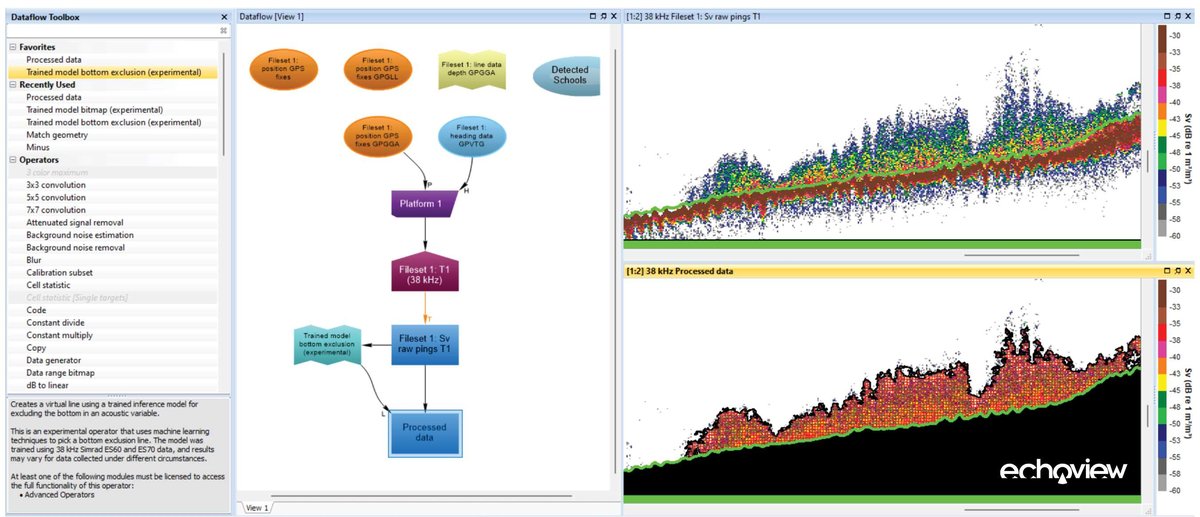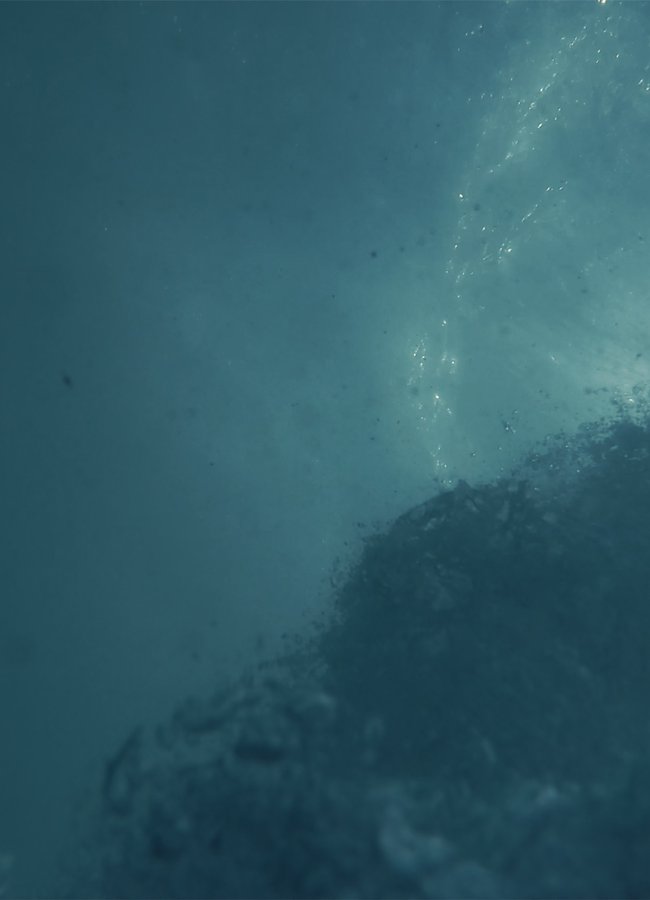Echoview Software is thrilled to release Echoview 13, the latest update to the most powerful hydroacoustic data processing software commercially available for water column research in both marine and freshwater environments.
This latest release was developed in conjunction with ongoing consultation with users and industry partners to ensure that Echoview® is directly meeting the needs of those working with echosounder and sonar data.
Echoview 13 includes breakthrough machine learning capabilities, representing a significant step forward for efficiency in hydroacoustic data processing.
CEO of Echoview Software, Brett Merritt said, “Our commitment to delivering major advances to our customers is reflected in the breadth of compelling new features in Echoview 13, including new operators and automation tools, and support for multiple new hardware file formats.”
“However, this release is particularly exciting as it marks our debut into machine learning. We are thrilled to collaborate with the Commonwealth Scientific and Industrial Research Organisation (CSIRO), Australia’s foremost scientific research institute, to create AI models for hydroacoustic data processing.”
Echoview Software’s Product Manager, Briony Hutton, said that this work was motivated by a need to make particular data processing steps simpler and easier, starting with automatic exclusion of unwanted bottom signal in water column analyses.
“In specific situations users needed to edit or manually draw bottom exclusion lines in echosounder data, such as when fish schools are closely associated with the seafloor. This requires expertise and can take considerable time when working through large volumes of survey data.”
“By leveraging cutting-edge outcomes from other fields such as medical research and imaging, we were able to implement appropriate AI technologies to find a solution.”
CSIRO supplied large quantities of labeled data, which was then used to train Echoview to recognize similar features in other data.
“Applying Echoview 13’s new capabilities to CSIRO’s data demonstrated that this feature is performing well on data that wasn’t used to train the model, and is also very easy to use. Users are not required to refine complicated algorithm parameters or request expert knowledge to achieve their goals.”
“Practically applied, our users can now reduce the amount of time needed for manual line editing, and more easily and accurately evaluate the biomass of fish schools on the seafloor in their stock assessments. This will be meaningful for many applications, including environmental studies and research associated with commercial fishing activities.”
“Our skilled development team has created a reliable, robust tool using AI that demonstrates the viability of machine learning for feature detection in Echoview. The expertise gained in developing this tool for bottom exclusion can now be applied to finding other features in hydroacoustic data. We look forward to collaborating further with CSIRO and others in the industry to make this happen,” said Briony.

Tim Ryan, Team Leader, Acoustics and Pelagic Ecosystems at CSIRO said, “CSIRO has multi-decadal acoustic recordings within Australia’s EEZ (Exclusive Economic Zone) and the Southern, Indian and Pacific oceans. To date analysis has been highly focused due to the large amount of human interaction needed to produce a reliable product. Hence we are very excited by these advances in AI.”
“When combined with Echoview’s automation capability there is the prospect of both mining extensive historic data sets and handling the vastly larger data volumes that will be generated in the future. This will enable a ‘big data’ approach to extracting information to help understand productivity and pelagic ecological processes in our changing oceans,” said Tim.
Echoview 13 also includes new support for Blueprint Subsea Oculus, R2Sonic water column data, Simrad omnisonars and fishery sonars in netCDF format, NORBIT Winghead and WBMS, Teledyne Odom MB2, Nortek Signature GPS data, and more. Echoview Software collaborates with an unrivaled range of hardware manufacturers, now boasting compatibility with data recorded by more than 75 echosounders and sonars across 17 brands.
Other key highlights in our newest release include:
- New and expanded operators, particularly for understanding and mitigating data noise
- Dataflow toolbox
- Easy, publication-quality image exports
- Performance boosts
- New automation capabilities and tools
For more details on all our new features in Echoview 13 please visit our latest release page.

